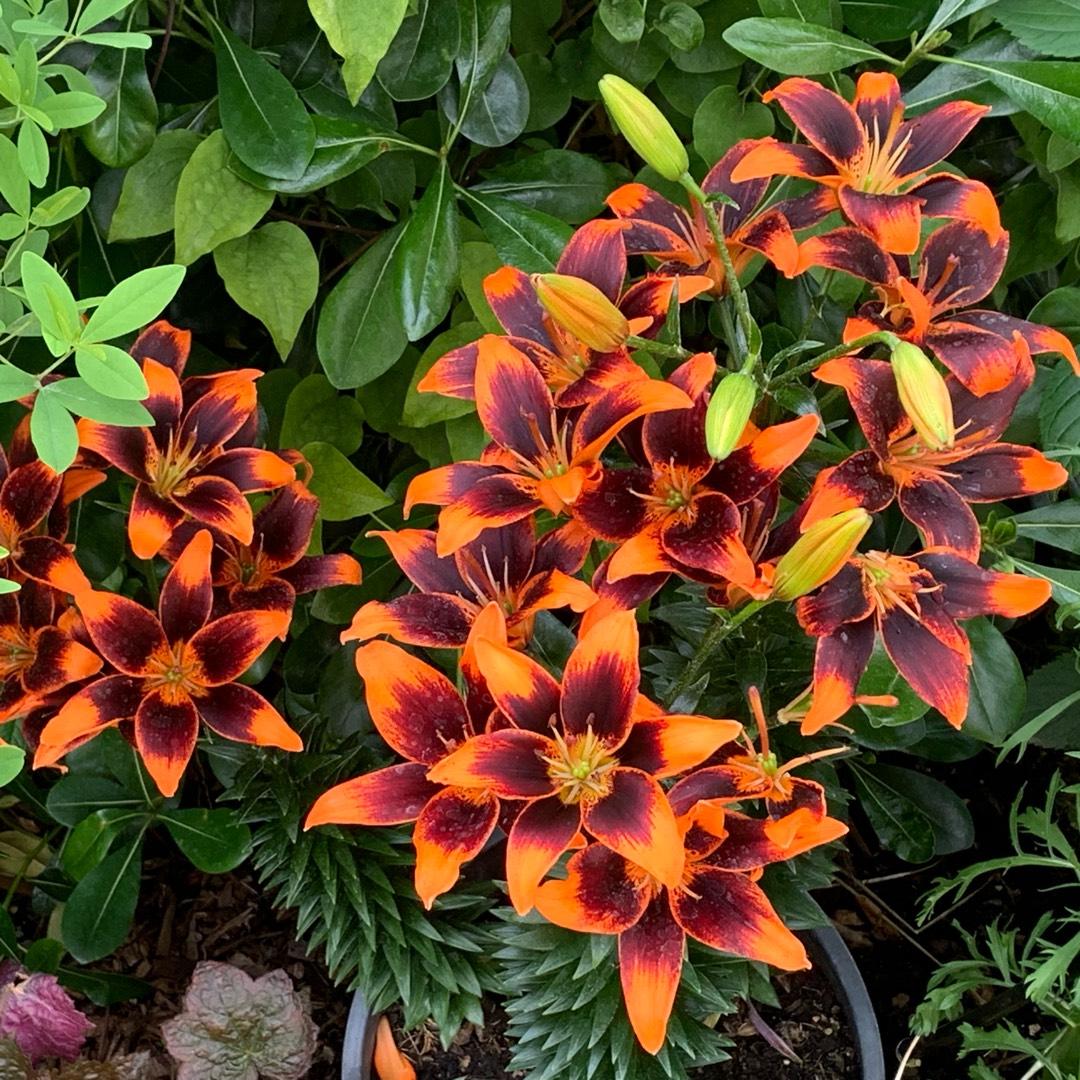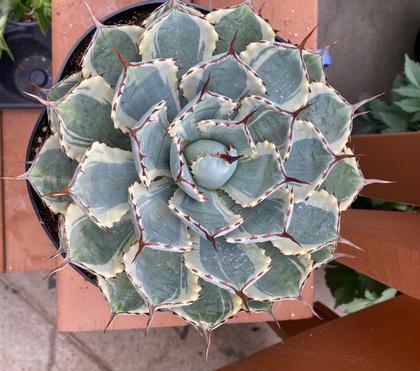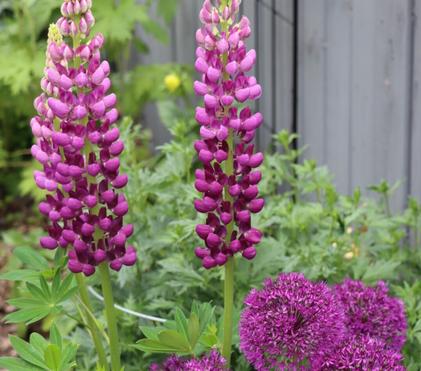3 Main Reasons Why Perennials Die Over the Winter
It’s frustrating. Perennials die over the winter and they’re really not supposed to, right?

Perennials are a group of flowers that typically come back year after year. Perennials have a large range of life expectancies – not all perennials live forever. Some are very short lived, more properly called biennials, others are short lived, around 4 – 8 years, and others almost live forever. There are some perennials, like Gas Plants (Dictamnus) and Peonies that last for 70 years.
So, let’s say your perennial was only a couple of years old; or maybe you just planted it the previous spring. Then why would it not come back after the winter snows have melted? We run into this question a LOT.
Here are three major reasons why perennials kick the bucket:
They aren’t the Right Horticultural Zone
The zone for our Edmonton area is zone 3, but we can get away with quite a few zone 4 perennials. For most people who live in rural areas, zone 3 is the highest they can go. Because of the warming influence of cities, zone 4 perennials tend to do better in town. Sometimes perennials surprise us when we try to stretch the zone, but other times they don’t. You can look at it as better to have loved & lost than to have never loved at all.
Remember to read labels so you have the right zone and always ask questions if you are unsure of the cold tolerance of perennials you would like to purchase.
They Got Too Dry
Perennials often die because they have gotten stressed from being too dry in the fall. When this happens, they go into winter compromised, and under the additional stress of winter, they die. During the summer we take excellent care of our gardens but in the autumn we tend to get a little lax. We don’t always think to water our perennials in the fall because it is cooler and we think that they don’t need much water. In reality, they don’t need as much as in the summer but they definitely need to be watered regularly in autumn. In the fall, plants are in the a storage phase and are building up their resources for the winter months, so augment them up by watering them well – every week or so until it gets really cold. You don’t want them too wet or too dry, just evenly moist. No need to fertilize, perennials are not heavy feeders and the extra fertilizer is unnecessary.
They Got Too cold
There are a couple of things that typically wear down perennials during the winter months. Getting too cold is one of them. If there is not enough snow coverage when it is extremely cold (-10 and colder), the roots can get colder than they can tolerate, despite their zone rating. This is why snow cover is essential. Snow, with its plentiful air spaces serves as a great insulator for perennials. Any time that you are shovelling a side walk or clearing snow, be sure to throw extra snow over your plants.
Another thing that kills perennials is the freeze thaw cycle that often happens sometime in January or February in the Edmonton area. The rising and falling temperatures do a number on perennials because they can’t decide wheth to grow or not. If the snow begins to melt off of your perennials, throw some snow on them from another part of your garden or yard. This will keep your perennial in its winter sleeping mode longer.
For either of the above, applying a layer of protective mulch of 4-6” will go a long way to shield it from the cold or the freeze-thaw yoyo cycle and improve its chances of survival. Apply mulch in the late fall as temperatures regularly fall below freezing and it looks like the snow will begin to fly. Any kind of organic mulch will do here – try cedar mulch, leaf mulch, or mixed mulches. All of these have a good insulation factor.
If you have any questions about mulch, snow cover, hardy perennials, or overwintering techniques, please feel free to contact us. Happy gardening!

